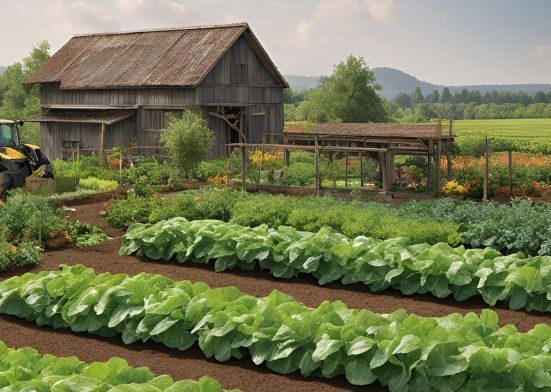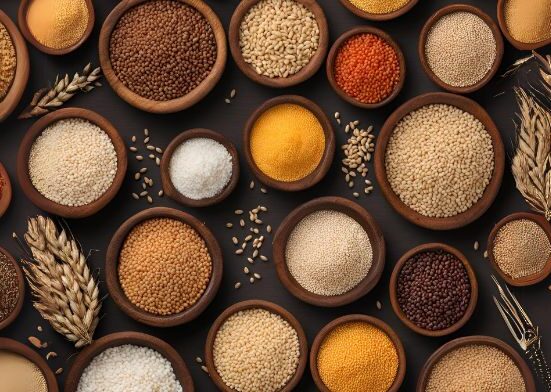Peaches are a timeless symbol of summer fragrant, juicy, and irresistibly sweet. Whether you grow them yourself, buy them from a farmer’s market, or pick them up at the store, you know that peaches don’t last long once they ripen. But there’s good news: freezing peaches is one of the easiest and most effective ways to preserve their freshness, flavor, and nutrients for months.
In this in-depth guide, we’ll explore how to freeze peaches step by step—from selecting the perfect fruit to choosing the best freezing method. By the end, you’ll have everything you need to keep peaches on hand all year long, whether you’re baking pies in winter or blending smoothies in spring.
Why Freeze Peaches?
Freezing peaches is a simple and effective way to preserve their juicy sweetness long after the season ends. Fresh peaches are only available for a few short months, but by freezing them at peak ripeness, you can enjoy their delicious flavor and nutritional benefits throughout the year. Whether you use them in smoothies, pies, cobblers, or just as a refreshing snack, frozen peaches retain much of their original texture and taste when stored how to can peaches properly.
It also helps reduce food waste—if you have a large harvest or bought peaches in bulk, freezing keeps them from spoiling. Plus, frozen peaches are incredibly convenient; they’re prepped and ready to use straight from the freezer, saving time in the kitchen. For home cooks, bakers, or anyone who loves the taste of summer, freezing peaches is an innovative and rewarding way to make the most of freezing peaches this seasonal fruit.
Benefits of Freezing Peaches:
- Extends shelf life by up to a year
- Retains vitamins like A and C
- No preservatives or added chemicals
- Quick and easy prep
- Reduces waste of overripe fruit
When Is the Best Time to Freeze Peaches?
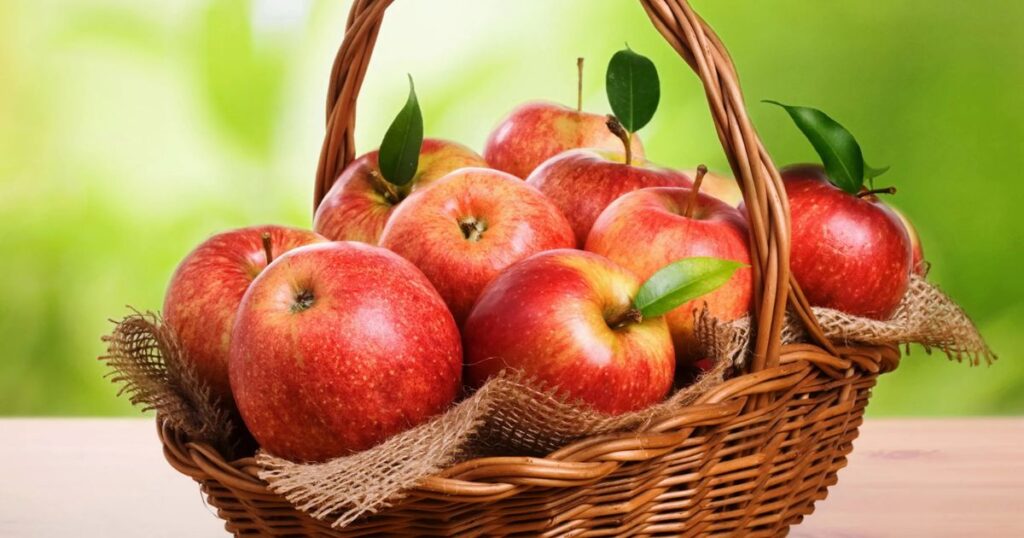 The best time to freeze peaches is during their peak season, typically from mid-June through August, when they’re at their ripest, juiciest, and most flavorful. Freezing peaches at their prime locks in their natural sweetness and preserves their vibrant color and texture for months. Look for peaches that are fully ripe but still firm to the touch, with a fragrant aroma and slight give when gently squeezed. Avoid overripe or bruised fruit, as they may not freeze How to freeze peaches without sugar What Is an Orchard well.
The best time to freeze peaches is during their peak season, typically from mid-June through August, when they’re at their ripest, juiciest, and most flavorful. Freezing peaches at their prime locks in their natural sweetness and preserves their vibrant color and texture for months. Look for peaches that are fully ripe but still firm to the touch, with a fragrant aroma and slight give when gently squeezed. Avoid overripe or bruised fruit, as they may not freeze How to freeze peaches without sugar What Is an Orchard well.
Once picked or purchased, try to freeze them to guarantee optimal freshness. Consume within a few days for optimal freshness. Blanching peaches briefly in boiling water and removing their skins before slicing and freezing helps preserve their quality and texture. Whether you plan to use them in smoothies, baking, or sauces, freezing peaches at the right time ensures you can enjoy their summery flavor all year round, even when the season has long passed.
Equipment:
- Sharp knife
- Vegetable peeler or blanching setup
- Large pot and slotted spoon
- Cutting board
- Large mixing bowls
- Lemon juice or ascorbic acid
- Baking sheet
- Parchment paper
- Freezer bags or airtight containers
- Marker or labeling tool
Optional Ingredients:
- Sugar (for sugar or syrup method)
- Water (for syrup method)
- Ascorbic acid (vitamin C) powder
Preparing Peaches for Freezing
Preparing peaches for freezing is a simple yet essential step to preserve their flavor, texture, and nutritional value. Begin by selecting ripe, firm peaches that are free from bruises or blemishes. To remove any debris or residue, give them a thorough wash in cold water. To easily peel the peaches, blanch them by dipping them in boiling water for 30–60 seconds, then transferring them to an ice bath. The skins should slide off can you freeze peaches effortlessly.
Next, slice the peaches in half, remove the pits, and cut them into wedges or cubes as desired. To prevent browning, treat the peach slices with lemon juice or an ascorbic acid solution. Arrange the slices on a baking sheet in a single layer and freeze until solid—this prevents clumping. Once frozen, transfer them to airtight freezer bags or containers, label them with the date, and store them for up to 12 months. Proper preparation ensures your peaches remain delicious and ready for smoothies, desserts, or baking at any autumn harvesting time.
Washing
Washing peaches is a crucial step to ensure that the fruit you enjoy is clean, safe, and free from dirt, pesticides, and bacteria. Since peaches have delicate, fuzzy skin, they require gentle handling during washing to avoid bruising or damaging the fruit. Start by rinsing each peach under cool, running water. Avoid using soap or any chemical cleaners, as the skin is porous and can absorb these substances, potentially affecting the flavor and safety of the fruit. Using your hands, gently rub the surface of the peach to remove any dirt or how do you freeze fresh peaches residues.
For an extra level of cleanliness, you can briefly soak peaches in a mixture of water and a small amount of white vinegar (approximately 1 part vinegar to 3 parts water). This helps reduce bacteria and pesticide residues. After soaking, rinse thoroughly under running water to remove any vinegar freeze peach taste.
Peeling
Peeling peaches is a rewarding yet straightforward step to enjoy the fruit’s juicy, tender flesh without the slightly fuzzy skin. Whether for fresh eating, baking, or preserving, removing the peel enhances texture and flavor absorption. The easiest way is to blanch peaches briefly in boiling water, then plunge them into ice water—this loosens the skin for effortless peeling. Using a paring knife or fingers, the skin slips off smoothly, revealing the sweet, succulent fruit inside. Perfectly peeled peaches make delicious additions to desserts, jams, salads, or smoothies, elevating your recipes with natural, fresh zinnia perennial sweetness.
Use a vegetable peeler.
Using a vegetable peeler to prepare peaches is a quick and efficient way to remove their delicate skin without damaging the juicy flesh underneath. Start by rinsing the peaches under cool running water and gently drying them. Hold the peach firmly and carefully glide the vegetable peeler from top to bottom, applying light pressure to peel off the skin in thin strips. This method works best for ripe peaches with tender skin, making it easier to achieve smooth, even peeling compared to using a knife. It’s a handy technique that saves time and keeps the peach intact for fresh eating or cooking.
Blanch and shock method
- Bring a large pot of water to a boil.
- Score a small “X” at the bottom of each peach.
- Give the peaches 30 to 60 seconds in boiling water.
- Transfer to an ice bath immediately.
- The peel should come off easily by hand.
Pitting
Pitting peaches is the essential step of removing the hard stone or pit from the fruit’s center before using or preserving it. This process ensures that the juicy, sweet flesh is easy to eat and cook with, whether for baking, canning, freezing, or making jams. Properly pitted peaches maintain their texture and flavor without the bitter, inedible pit interfering. Pitting can be done by hand with a knife or specialized tools designed to split the peach and extract the pit cleanly. This simple step helps transform fresh peaches into versatile ingredients for countless delicious recipes.
Slicing
Cut peaches into slices, wedges, or cubes, depending on how you how to freeze fresh peaches plan to use them later.
Freezing Methods Explained
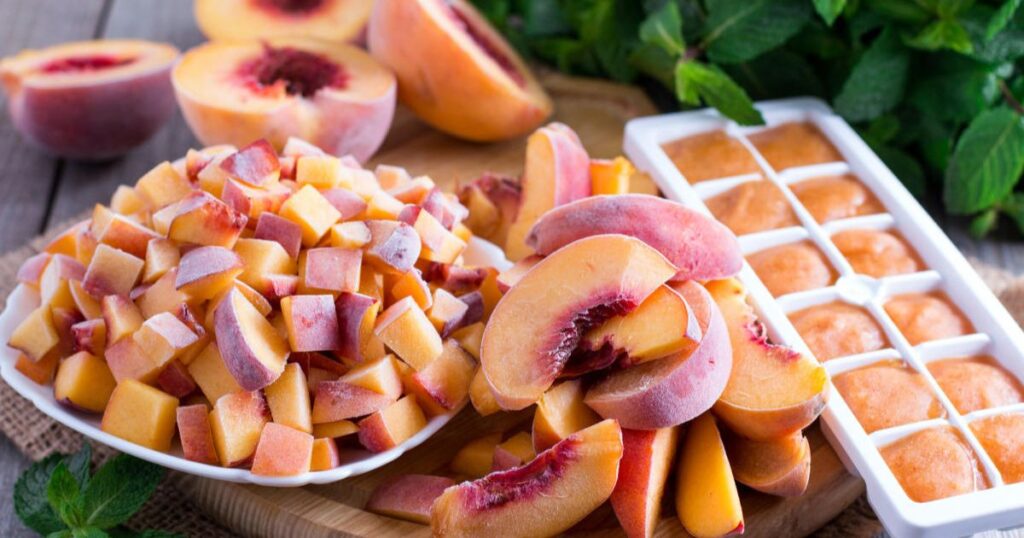 Freezing is one of the most effective and convenient methods for preserving food and maintaining its freshness, flavor, and nutritional value over extended periods. The process works by lowering the temperature of food below its freezing point, which slows down the activity of enzymes and halts the growth of bacteria, molds, and yeasts that cause spoilage. There are several standard freezing methods, each suited to different types of food and desired outcomes. Blast freezing, also known as quick freezing, rapidly reduces the temperature of food by circulating frigid air at high speeds.
Freezing is one of the most effective and convenient methods for preserving food and maintaining its freshness, flavor, and nutritional value over extended periods. The process works by lowering the temperature of food below its freezing point, which slows down the activity of enzymes and halts the growth of bacteria, molds, and yeasts that cause spoilage. There are several standard freezing methods, each suited to different types of food and desired outcomes. Blast freezing, also known as quick freezing, rapidly reduces the temperature of food by circulating frigid air at high speeds.
This method prevents the formation of large ice crystals, preserving the food’s texture and quality. Slow freezing, on the other hand, lowers the temperature gradually, which may cause larger ice crystals to form, sometimes affecting texture but still extending shelf life. Another popular technique is flash freezing, often used in commercial food processing, where individual pieces of food are rapidly frozen to maintain their separate identity, allowing for easy portioning later. Vacuum freezing removes air before freezing, reducing oxidation and freezer frozen peaches burn.
Dry Pack Method (Most Popular)
The Dry Pack Method is the most popular way to freeze peaches while preserving their natural flavor and texture. This method involves peeling, slicing, and pitting fresh peaches, then packing the slices directly into airtight containers or freezer bags without adding any syrup or liquid. By skipping the syrup, the peaches retain their fresh, juicy taste and maintain a firmer texture after thawing. The Dry Pack Method is simple, quick, and ideal for those who want to enjoy pure, unadulterated peach flavor in smoothies, baking, or snacks. It’s perfect for preserving peaches at peak ripeness for year-round use.
Sugar Pack Method
Peaches are coated with sugar to preserve texture and sweetness.
How to:
- Mix ½ cup sugar with 4–5 cups sliced peaches.
- Let sit until the sugar dissolves.
- Pack into containers and freeze.
Best for: desserts, fruit salads, ice cream toppings.
Syrup Pack Method
The Syrup Pack Method for peaches is a popular freezing technique that helps preserve the fruit’s natural sweetness, flavor, and texture. In this method, peaches are peeled, sliced, and then packed in a sugar syrup before freezing. The syrup acts as a protective layer, preventing the fruit from drying out and maintaining its juiciness. This method is ideal for those who want to enjoy peaches year-round, as it keeps them tender and flavorful after thawing. Perfect for desserts, smoothies, or snacking, syrup-packed peaches retain their vibrant color and rich taste, making them a delicious frozen how do you freeze peaches treat.
Puree or Ice Cube Method
Puree peeled peaches in a blender and freeze in ice cube trays.
Best for: smoothies, sauces, baby food.
Step-by-Step Freezing Instructions
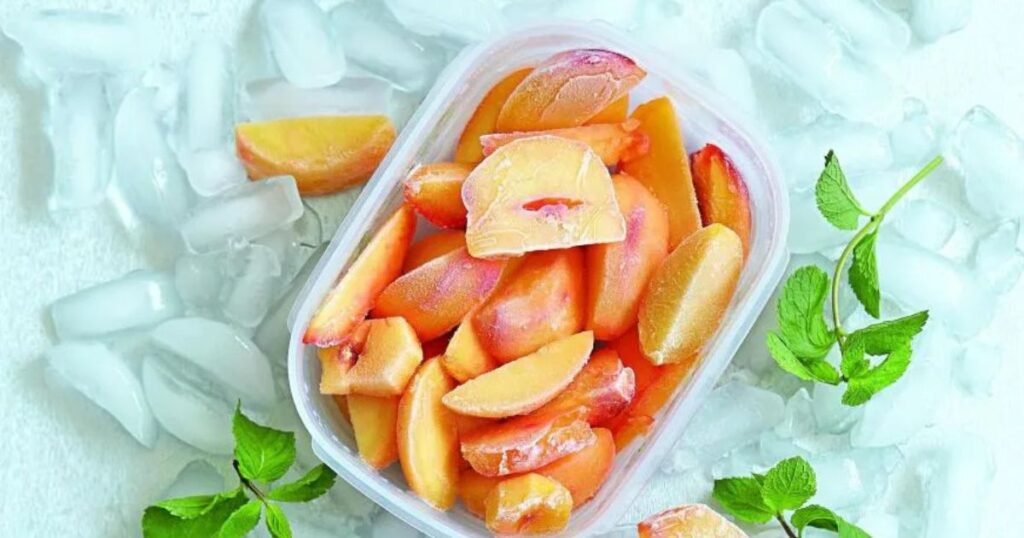 Freezing food is a simple and effective way to preserve freshness, flavor, and nutritional value for extended periods. Whether you’re freezing fruits, vegetables, meats, or leftovers, following step-by-step instructions ensures the best results and prevents freezer burn or quality loss. First, start with fresh, high-quality ingredients. Wash and prepare your food by peeling, chopping, or blanching if necessary—this step is crucial for maintaining the texture and color of vegetables. Next, pat your food dry to reduce excess moisture, which can cause ice crystals and freezer burn.
Freezing food is a simple and effective way to preserve freshness, flavor, and nutritional value for extended periods. Whether you’re freezing fruits, vegetables, meats, or leftovers, following step-by-step instructions ensures the best results and prevents freezer burn or quality loss. First, start with fresh, high-quality ingredients. Wash and prepare your food by peeling, chopping, or blanching if necessary—this step is crucial for maintaining the texture and color of vegetables. Next, pat your food dry to reduce excess moisture, which can cause ice crystals and freezer burn.
Use airtight containers, freezer bags, or vacuum-sealed bags to pack your food. Remove as much air as possible to protect the food from oxidation and moisture loss. Label each package with the contents and date before placing it in the freezer to help track freshness. Freeze items quickly by spreading them out in a single layer initially, then stacking them once they are frozen solid. For fruits like berries or sliced peaches, flash freezing on trays before packaging can keep pieces separate and easier to use. By following these simple steps, you can enjoy your favorite foods long after their peak season, reduce food waste, and save money.
Wash and Peel
Washing and peeling peaches is an essential first step in preparing them for cooking, freezing, or eating fresh. Begin by rinsing the peaches thoroughly under cool running water to remove any dirt, pesticides, or residue. Gently rub the skin with your fingers or a soft brush for a cleaner surface. Next, peeling can be done easily by blanching the peaches in boiling water for about 30 seconds and then transferring them to ice water to loosen the skin. The skin should slip off easily when gently rubbed. Proper washing and peeling ensure the peaches are clean, fresh, and ready for your favorite recipes.
Pit and Slice
“Pit and Slices” refers to the process of preparing fruits, especially stone fruits like peaches, cherries, and plums, by removing the pit (the hard seed inside) and then cutting the fruit into slices. This method makes the fruit easier to eat, cook, or freeze. Pitting helps avoid the bitter or harsh texture of the seed, while slicing ensures uniform pieces for recipes, smoothies, or snacks. It’s a simple but essential step in many culinary preparations, enhancing flavor and texture while making fruits more versatile and convenient for various uses in the kitchen.
Prevent Browning
Preventing browning is crucial for maintaining the freshness, vibrancy, and appetizing appearance of fruits and vegetables. Browning occurs when enzymes in produce react with oxygen, causing discoloration and a loss of quality. To prevent this, you can use natural methods such as applying lemon juice or other acidic solutions, which slow down the oxidation process. Storing cut fruits in airtight containers and refrigerating them also helps reduce exposure to air. Additionally, blanching vegetables before freezing can preserve their color and texture. These simple steps help maintain the freshness and nutritional value of your produce, enhancing both appearance and taste.
Flash Freeze
- Line a baking sheet with parchment paper.
- Arrange slices in a single layer (don’t overlap).
- Place in the freezer for 2–4 hours or until solidly frozen.
Pack
- Transfer frozen slices into freezer bags or airtight containers.
- Remove excess air (vacuum sealing is ideal).
- Leave about ½ inch of headspace if using containers.
Label
Use a permanent marker to write the freezing date and the method used (dry, sugar, or syrup).
Labeling and Storing Peaches
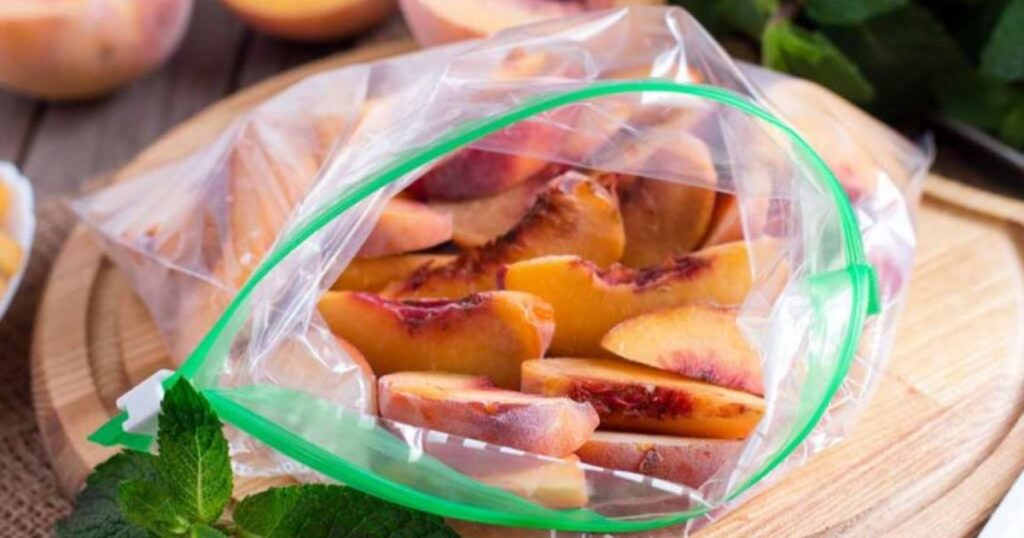 Labeling and storing peaches properly is essential to maintain their freshness, flavor, and quality, especially if you plan to freeze or preserve them for later use. Once peaches are harvested or purchased, the first step is to sort and inspect them for ripeness and any signs of bruising or damage. Select only firm, ripe peaches for storage or freezing, as overripe fruit may spoil quickly.
Labeling and storing peaches properly is essential to maintain their freshness, flavor, and quality, especially if you plan to freeze or preserve them for later use. Once peaches are harvested or purchased, the first step is to sort and inspect them for ripeness and any signs of bruising or damage. Select only firm, ripe peaches for storage or freezing, as overripe fruit may spoil quickly.
When labeling peaches, include essential details such as the variety, harvest date, and any preparation notes (for example, whether they are peeled, sliced, or whole). This information helps you keep track of how long the peaches have been stored, ensuring you use the oldest peaches first to minimize waste. For storage, peaches should be kept in a cool, dry place if they are not fully ripe, allowing them to ripen naturally.
Once ripe, store peaches in the refrigerator to slow down the ripening process and extend their shelf life. When freezing, peaches should be peeled and sliced, then packed in airtight containers or freezer bags with as much air removed as possible to prevent freezer burn. Label the packages clearly with the date so you can easily identify them and use them within 6 to 12 months for optimal taste and texture. Proper labeling and storage not only preserve the peaches’ delicious flavor but also reduce waste, making your peach harvest last longer and taste better.
- Date frozen
- The freezing method used
- Quantity or weight
- Optional: intended use (e.g., baking, smoothies)
Storage tips:
- Keep at 0°F (-18°C) or lower.
- Store flat to save space.
- Use within 6–12 months for the best flavor.
How Long Do Frozen Peaches Last?
Frozen peaches can be a delicious and convenient way to enjoy this sweet fruit year-round, but knowing how long they last is key to maintaining their quality and safety. When stored correctly in the freezer, peaches can last between 8 to 12 months without significant loss of flavor, texture, or nutritional value. The freezing process slows down the natural degradation caused by enzymes and microbial activity, effectively preserving the peaches for extended periods. To maximize their shelf life, it’s essential to store peaches in airtight, freezer-safe containers or heavy-duty freezer bags to prevent freezer burn, which can negatively impact taste and texture. Labeling the packaging with the date of freezing also helps keep track of how long the product has been stored.
While frozen peaches remain safe to eat beyond the recommended timeframe, their texture may become mushy, and their flavor might diminish. For optimal results, use frozen peaches within a year, especially if you plan to eat them fresh or use them in recipes such as smoothies, pies, or jams.
How to Use Frozen Peaches
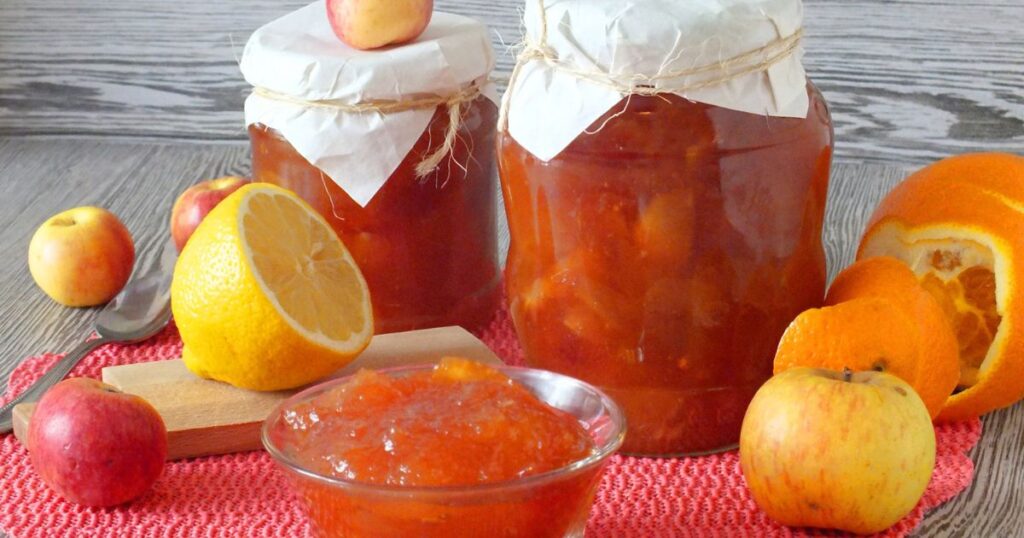 Frozen peaches are a versatile and convenient ingredient that can elevate a wide range of recipes while preserving the fresh, juicy flavor of summer fruit year-round. To use frozen peaches, first determine whether you need them thawed or still frozen, depending on your recipe. For smoothies, frozen peaches can be added directly to the blender, creating a thick, refreshing texture without the need for ice. If you want to bake with them—such as in pies, crisps, or muffins—thaw the peaches slightly and drain any excess juice to prevent soggy results.
Frozen peaches are a versatile and convenient ingredient that can elevate a wide range of recipes while preserving the fresh, juicy flavor of summer fruit year-round. To use frozen peaches, first determine whether you need them thawed or still frozen, depending on your recipe. For smoothies, frozen peaches can be added directly to the blender, creating a thick, refreshing texture without the need for ice. If you want to bake with them—such as in pies, crisps, or muffins—thaw the peaches slightly and drain any excess juice to prevent soggy results.
Frozen peaches are perfect for making sauces, jams, or compotes; simmer them with sugar and lemon juice until they soften and break down. You can also use thawed peaches as a topping for yogurt, oatmeal, pancakes, or ice cream, adding natural sweetness and vibrant color. For a quick snack, try tossing thawed peaches with a sprinkle of cinnamon or a drizzle of honey. When freezing peaches, remember to peel and slice them beforehand for easier use later.
Smoothies
Smoothies are delicious, nutrient-packed beverages made by blending fresh fruits, vegetables, yogurt, or milk into a smooth, creamy texture. They’re perfect for a quick breakfast, refreshing snack, or a post-workout boost. Smoothies can be customized with a variety of ingredients, such as berries, bananas, spinach, protein powders, nuts, and seeds, to suit different tastes and dietary needs. Not only are they easy to make, but they also provide essential vitamins, minerals, and antioxidants in one convenient drink.
Baking
Baking is the delightful art and science of preparing baked goods such as breads, cakes, pastries, cookies, and pies. It involves combining ingredients like flour, sugar, eggs, and fats, then applying heat in an oven to transform the mixture into delicious, aromatic treats. Beyond just food preparation, baking is a creative process that blends precision with passion, offering endless possibilities for flavors, textures, and designs.
Conclusion:
Freezing peaches is a simple and innovative way to extend the joy of summer throughout the year. With just a few easy steps—selecting ripe fruit, peeling, slicing, and flash-freezing—you can capture the flavor and nutrition of peaches at their peak. Whether you prefer a dry pack for smoothies or a sweet syrup for desserts, there’s a freezing method that fits your needs.
So, next time you find yourself with an abundance of peaches, don’t let them go to waste. Use this guide to freeze them properly and savor the sunshine—even in the dead of winter.
FAQ:
Can you Freeze Peaches with the Skin on?
Yes, but peeled peaches offer better texture and flavor in recipes. Skins may become harsh or bitter when thawed.
Do Frozen Peaches get Mushy?
Some softness is natural after thawing, especially for overripe fruit. For smoothies and baking, texture changes aren’t noticeable.
How do I thaw Frozen Peaches?
Place in the refrigerator for several hours or thaw at room temperature for 1 to 2 hours. You can also use them in smoothies or cooked dishes while they are frozen.
Can I Freeze whole Peaches?
It’s not recommended. Whole peaches freeze unevenly and take up more space. They’re also harder to peel and pit after freezing.
Can I Freeze Cooked Peaches?
Yes! Cooked peach compote, pie fillings, or jams can be frozen for later use.




